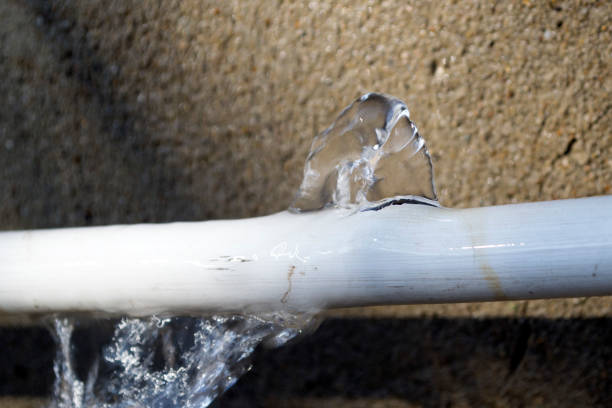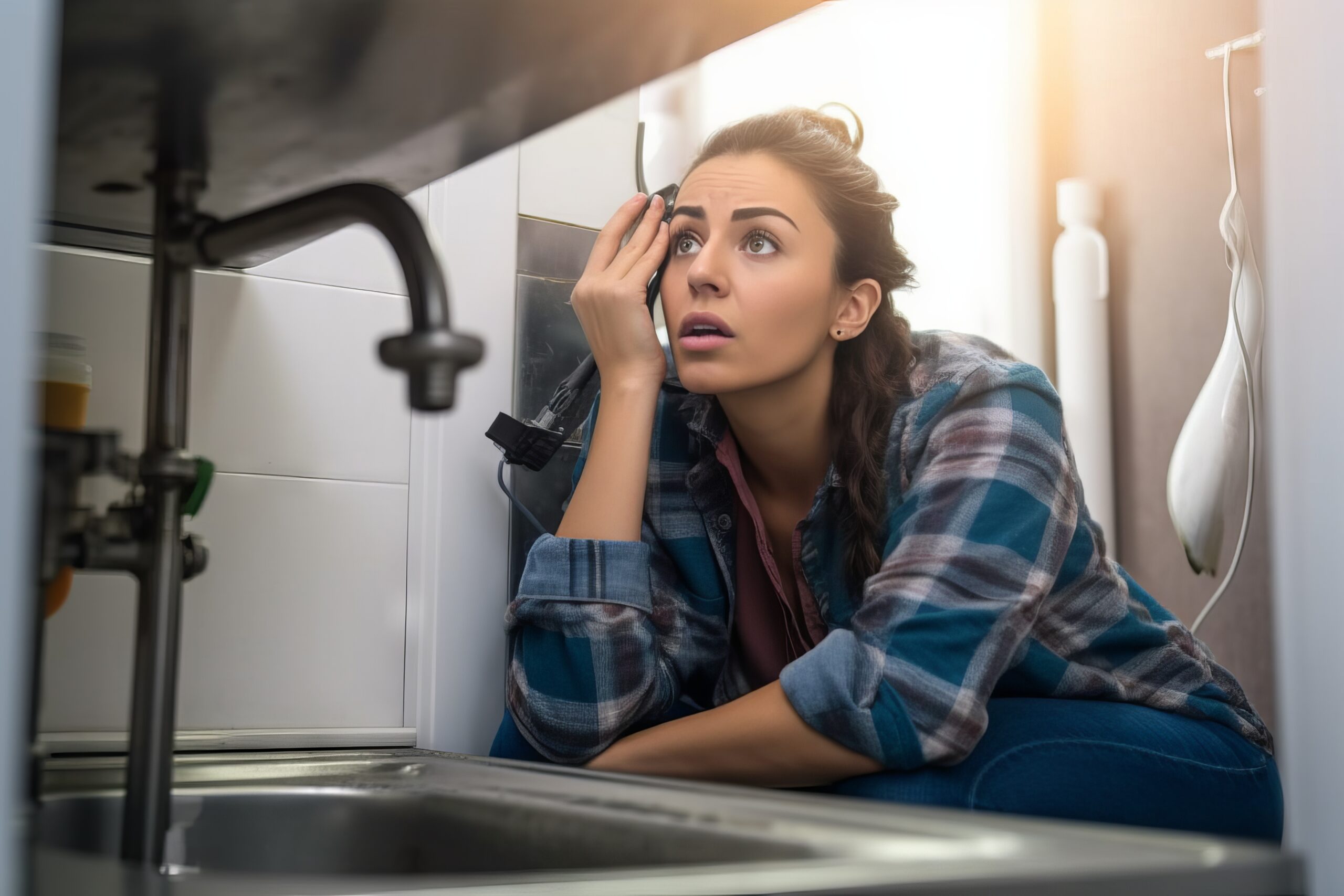A Homeowner’s Guide to Plumbing Issues in Older Homes
A Homeowner’s Guide to Plumbing Issues in Older Homes
Blog Article
This post below relating to Main Plumbing Issues Found in Old Houses is fairly compelling. You should give it a look.

Older homes commonly include appeal, character, and background, yet they can likewise bring a host of pipes issues. Whether you're dealing with aging pipes, low water pressure, or leaks, recognizing exactly how to attend to these common troubles is critical to preserving a safe and useful home. In this guide, we'll discover the normal plumbing obstacles faced by older homes and give useful solutions to maintain your plumbing in leading shape.
Recognizing Common Pipes Issues
Aging Pipelines
Among one of the most usual problems in older homes is maturing pipes. Relying on the era in which your home was constructed, the pipes could be made from materials that have actually deteriorated gradually, such as galvanized steel, cast iron, or even lead. These materials can wear away, become breakable, or create leaks, bring about water damages and prospective carcinogen.
Water High Quality Screening
Older pipelines can affect the quality of your water. Conduct a water high quality examination to check for pollutants such as lead, corrosion, or various other impurities that might be presented by maturing pipes.
Solutions for Typical Plumbing Problems
Changing Aging Pipelines
If your home has old, deteriorating pipes, consider replacing them with contemporary products like copper or PEX. This can be a substantial investment, but it will avoid future issues and enhance the security and integrity of your plumbing system.
Repairing Low Water Pressure
To repair low water pressure, begin by cleansing or changing old components and eliminating mineral build-up in the pipelines. If the problem persists, it might be required to replace areas of rusty pipes.
Fixing and Replacing Dripping Pipelines
For tiny leakages, you can make use of pipe clamps or epoxy putty as a short-lived fix. However, it's ideal to replace leaking pipes entirely to avoid additional damages.
Updating Fixtures
Updating old components to contemporary, water-efficient versions can improve your home's plumbing efficiency and minimize water consumption. Try to find components with the WaterSense tag for the best efficiency.
Managing Pipe Deterioration
If your pipes are rusted, changing them with corrosion-resistant materials like copper, PVC, or PEX is the very best option. Routine assessments and water high quality maintenance can aid stop even more deterioration.
Low Water Stress
If you're experiencing low tide stress, maybe due to mineral deposits, corrosion inside the pipes, or old fixtures that are no longer working effectively. This can be a significant inconvenience, specifically in areas like showers and sinks.
Leaking Pipes
Leakages are an additional constant issue in older homes, commonly brought on by rusty or damaged pipelines. Even small leakages can cause considerable water damage, mold and mildew development, and enhanced water bills otherwise attended to immediately.
Outdated Components
Outdated pipes fixtures such as faucets, toilets, and showerheads not only look old but may additionally be less reliable, susceptible to leaks, or inappropriate with modern pipes standards.
Pipeline Rust
Corrosion is a typical problem in older pipelines, particularly those made from galvanized steel or cast iron. Corroded pipelines can restrict water flow, create staining, and ultimately lead to leakages or pipeline bursts.
Analyzing the Condition of Your Pipes
Checking Visible Pipelines
Beginning by checking any noticeable pipes in your house, such as those in basements, crawl spaces, or under sinks. Try to find signs of rust, leakages, or corrosion, which can suggest underlying issues.
Looking for Leakages
Look for leaks by checking areas around faucets, bathrooms, and under sinks. You can likewise check your water meter before and after a duration of no water use to discover surprise leakages.
When to Call a Professional
While some plumbing problems can be managed with do it yourself services, there are times when it's best to hire a professional. If you're managing significant leaks, considerable corrosion, or are uncertain about the condition of your pipes, a qualified plumber can supply professional evaluation and repair work.
Preventive Maintenance Tips
Routine Assessments
Consistently inspect your pipes system for signs of damage. Capturing issues early can avoid expensive repair services down the line.
Water Stress Law
Guarantee your water pressure is within the recommended array to prevent worrying your pipes and fixtures. A plumbing technician can set up a pressure regulator if needed.
Water Quality Maintenance
Mount water filters or conditioners if your water high quality is poor. This can secure your pipes and components from damages triggered by difficult water or pollutants.
Proactive Pipe Substitute
If your home has very old pipelines, take into consideration positive replacement before significant concerns develop. This can save you from emergency fixings and water damage.
Conclusion
Dealing with plumbing concerns in older homes needs a combination of vigilance, preventative upkeep, and prompt upgrades. By comprehending the typical challenges and knowing when to look for expert aid, you can guarantee your plumbing system remains useful and reliable for years ahead.
7 Common Plumbing Issues in Older Homes
Read More Plumbing Articles
Whether you're mulling over purchasing your dream period property, or you already own one, being aware of common plumbing problems in old homes can help you avoid expensive mishaps.
Many plumbing problems in old homes are similar to those faced in newer properties, but some are more prevalent in houses over a certain age. If you've recently bought an old house or haven't had your aging plumbing system inspected in a while, it's worth keeping an eye out for the following issues:
Bad Pipe Materials
Depending on the age of your home, the pipe materials used in your plumbing system may not comply with modern building codes and could be unsafe.
Lead pipes are the most dangerous type of old plumbing pipes. This metal was once used extensively for manufacturing water pipes because it's easy to shape and has a long lifespan. Plumbers also used it to solder joints between pipes made from other materials. However, lead can cause serious health problems, particularly in children. Drinking water from pipes containing lead can lead to lead poisoning symptoms, such as stomach pain and fatigue, so it's essential to replace them if you discover them in your home.
Outdated Fixtures
Even if the previous owners installed high-quality fixtures, these won't be immune to the effects of age and wear and tear. Over time, fixtures can corrode and wear down, increasing the likelihood of leaks and clogs.
Sometimes, an outdated fixture can be a minor irritation that makes using your plumbing system less convenient. However, it's best to maintain older plumbing components carefully and replace them when they show signs of failure to avoid a major leak and water damage.
Corroded or Leaking Pipes
Corroded pipes are a common plumbing issue in old homes. Corrosive substances in the water supply can gradually break down the metal used to make the pipes, eventually causing leaks. Corrosion can also cause sediment to build up, increasing the chances of a clogged pipe. All these issues take time to develop, making them more likely in old house plumbing.
Drain Problems
Older home drainage systems were often installed before the arrival of appliances such as garbage disposals, so they're frequently incapable of handling modern household usage. The result could be frequent clogs or water backing up into sinks and other fixtures.
A failing sewer line is the most serious drainage issue commonly encountered in old houses. This problem is more likely if you've remodeled your home to add more fixtures, placing more pressure on a sewer line not designed for the purpose. Eventually, the line can become clogged, causing unpleasant indoor smells, poor drainage and contaminated wastewater backing up into your fixtures.
Pipe Bellies
Pipe bellies develop when pipes buried in your home's foundation start sagging as the building settles. They create downward slopes, affecting water drainage and increasing the risk of significant blockages. You don't need to worry about pipe bellies in a pressurized main line, as the water pressure prevents the pipes from clogging, but they can cause issues in drain lines.
Root Intrusion
Root intrusion occurs when trees and other shrubs grow roots too close to your sewer line or water service line. Sometimes, the roots penetrate the pipe walls, leading to leaks and soft or wet areas in your yard.
Unfortunately, root intrusion is a more common plumbing problem in old homes. That's because older houses are more likely to have pipe bellies allowing standing water to accumulate, attracting roots to the moist conditions.
https://www.elocal.com/resources/home-improvement/plumbing/faq/plumbing-issues-in-older-homes/

Hopefully you liked our post on . Many thanks for taking a few minutes to read our post. Enjoyed our piece of writing? Please quickly share it. Let others find it. Many thanks for being here. Please come by our blog back soon.
Estimating Report this page